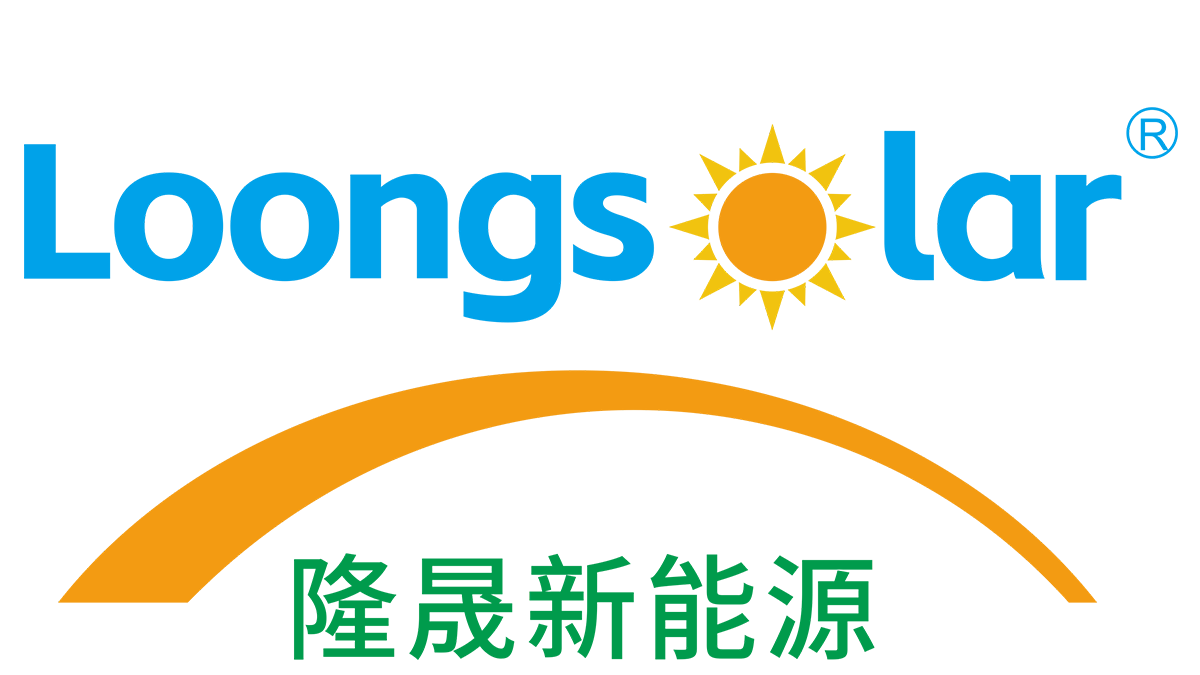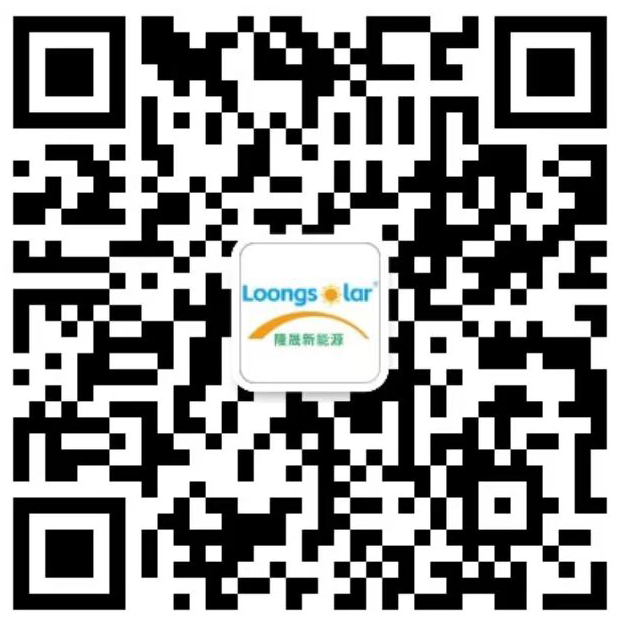Advanced Solar Cell Technologies Driving Innovation
PERC Solar Cells: Boosting Energy Capture Efficiency
PERC (Passivated Emitter and Rear Cell) technology has significantly enhanced solar energy capture efficiency, achieving up to a 20% improvement over traditional solar cells. This advancement stems from the additional passivation layer, which plays a crucial role in reducing electron recombination. By integrating PERC cells, solar panels not only improve overall performance but also exhibit enhanced efficiency in low-light conditions, making them a suitable choice for different environmental settings. As global energy demands continue to climb, PERC technology offers a cost-effective solution both for manufacturers aiming to upgrade their products and for end-users seeking greater value from their solar investments.
Heterojunction Technology for Enhanced Performance
Heterojunction technology (HJT) offers a unique approach by combining crystalline silicon with amorphous silicon, reaching efficiency ratings that frequently exceed 24%. This method enhances thermal stability and provides lower temperature coefficients, allowing the panels to perform optimally in various climates. Additionally, HJT cells tend to enjoy longer life spans, as studies suggest they degrade at rates as low as 0.3% per year—significantly extending their serviceable life compared to conventional cells. These attributes make HJT an attractive choice for those prioritizing enduring performance and reliability in their solar systems.
N-Type TOPCon Cells: The New Efficiency Benchmark
N-Type TOPCon (Tunnel Oxide Passivated Contact) cells are redefining efficiency benchmarks, with some models achieving up to 26.1% efficiency due to minimized recombination losses. Their excellent low-light performance and favorable temperature coefficients make them ideal for diverse geographic locations. The strong investment and ongoing research and development initiatives in this technology indicate a noteworthy trend toward widespread adoption in the coming years. TOPCon cells are paving the way for future advancements in solar power, allowing both manufacturers and consumers to benefit from enhanced performance and efficiency in solar energy systems.
High-Efficiency Solar Panel Designs
Monocrystalline vs. Polycrystalline: Space vs. Cost Optimization
When choosing solar panels, understanding the differences between monocrystalline and polycrystalline options is crucial for optimizing space and cost. Monocrystalline panels, known for their high efficiency of up to 22%, provide an excellent solution for homeowners with limited space, aiming to maximize energy output. These panels, made from a single silicon crystal, offer longevity and aesthetic appeal, making them a preferred choice despite the higher cost. On the other hand, polycrystalline panels, with efficiency ranging between 15% and 20%, present a more budget-friendly option. While slightly less efficient, their cost-effectiveness allows for larger installations, which can be advantageous in areas with ample space. This comparative understanding empowers buyers to make strategic decisions that best fit their specific spatial and financial constraints.
Bifacial Solar Panels for Dual-Surface Energy Harvesting
Bifacial solar panels present an innovative approach to maximizing energy capture by harvesting sunlight from both sides of the panel. This dual-surface energy harvesting significantly boosts energy output, with increases up to 30% in reflective environments, such as near water bodies or snowy areas. These panels are particularly suitable for commercial and utility-scale setups, where optimal ground or surface conditions can further enhance their performance. As advancements in solar technology progress, bifacial panels are poised to become a standard in efficient solar energy systems. Their ability to capture more solar energy makes them a compelling choice for forward-thinking solar projects aiming to optimize efficiency.
Temperature Coefficient Advancements in Home Installations
Advancements in temperature coefficient technology greatly influence the long-term efficiency of solar panels, particularly in home installations. The temperature coefficient measures how much a solar panel's efficiency declines as temperatures rise; therefore, lower coefficients are crucial in maintaining optimal performance. Modern panels with coefficients as low as -0.3% provide better efficiency even in hot climates, offering substantial energy savings over time. This improvement is especially beneficial for homeowners in sunny regions, where temperature could otherwise degrade panel output more significantly. Investing in panels with superior temperature response not only enhances energy capture but also bolsters overall system reliability and longevity.
Smart Solar Integration for Home Energy Systems
AI-Powered Energy Management Platforms
AI-driven platforms have revolutionized the way we manage solar energy in our homes, enhancing both efficiency and cost-effectiveness. These platforms utilize predictive analytics to optimize energy usage by adjusting in real-time based on environmental factors and energy consumption patterns. This means that your solar energy system can adapt to changes, maximizing the power generated and used efficiently. According to market research, integrating AI into solar management systems can lead to savings of up to 15% in energy costs for homeowners. Such smart solutions not only improve system efficiency but also contribute significantly to sustainable living.
Microinverters vs. String Inverters: System Flexibility
When it comes to choosing inverters for your solar energy system, understanding the difference between microinverters and string inverters is crucial. Microinverters allow each solar panel to operate independently, which is particularly beneficial in situations where shading might affect certain panels but not others. On the other hand, string inverters, while generally simpler and more cost-effective for uniformly sunny areas, connect multiple panels into a single unit. The specific needs of a household, such as shading and budget considerations, will determine the most appropriate choice. Current trends show an increasing preference for microinverters, owing to their flexibility and superior monitoring capabilities.
Grid-Tied Solutions with Battery Backup Capabilities
Grid-tied solar systems equipped with battery backup capabilities are becoming an essential part of achieving energy resilience. These systems provide an uninterrupted power supply during outages by storing excess solar energy produced during the day for use at night or during peak demand periods. This not only maximizes energy utilization but also enhances energy security for households. The growing number of regulations and incentives supporting battery storage solutions further encourage their integration into residential solar systems, making them a viable and sustainable choice for modern energy needs.
Durability and Climate-Specific Engineering
Hurricane-Resistant Framing for Coastal Installations
In hurricane-prone regions, the engineering of solar installations must focus on extreme weather resilience, particularly featuring hurricane-resistant framing that withstands high wind speeds. These robust frames are pivotal for ensuring that solar installations stay intact during severe storms, protecting both the investment and the home's infrastructure. By adopting local building codes and subjecting products to rigorous testing, these installations achieve a combination of safety and longevity. Case studies consistently demonstrate that solar panels meeting these standards show significantly lower failure rates during adverse weather, highlighting not just a safety advantage but also a sound investment strategy for solar power home panels in coastal areas.
Anti-PID Technology for Humid Environments
Potential Induced Degradation (PID) poses a significant threat to solar panel efficiency, especially in humid environments; however, anti-PID technologies are proving to be effective countermeasures. These innovative technologies utilize specific materials and coatings that bolster panel resilience, thereby maintaining efficiency even in challenging climates. For instance, evidence suggests that solar installations equipped with anti-PID technology experience up to 20% less efficiency loss over time, providing a substantial advantage. Consequently, manufacturers are increasingly integrating these technologies to enhance the durability and performance of their solar energy systems in humid regions, thereby ensuring more reliable and sustainable energy production.
25-Year Performance Warranties: Quality Assurance Standards
A 25-year performance warranty from manufacturers is a strong testament to the longevity and reliability of solar panels. These warranties often cover efficiency degradation, ensuring homeowners that their solar investments will remain valuable over time. Knowing that panels are guaranteed to generate a specific amount of energy over the years offers considerable peace of mind, alleviating concerns about potential early performance drops. This industry standard not only boosts consumer confidence but also propels the solar market forward by establishing clear benchmarks for quality assurance in solar panel installation. The reassurance provided by these warranties is pivotal for those considering solar panels for home use, underscoring the benefits of investing in reputable and reliable solar products.
Sustainable Manufacturing Practices
Carbon-Neutral Production Facilities
Carbon-neutral production facilities are pivotal for the solar industry, aligning manufacturing processes with global sustainability objectives. This involves using renewable energy sources to power these facilities, significantly reducing environmental footprints. For example, statistics highlight that factories reliant on 100% renewable energy are witnessing remarkable reductions in carbon emissions. Such practices not only contribute to climate change mitigation but also enhance market value and consumer appeal. Moreover, investments in greener technologies fulfill regulatory requirements while positioning companies at the forefront of eco-friendly innovation in solar energy.
Closed-Loop Silicon Recycling Systems
Closed-loop silicon recycling systems in solar panel production are becoming increasingly significant in minimizing waste. These systems efficiently reuse silicon materials, resulting in new panels that conserve resources and dramatically reduce raw material costs. Leading manufacturers have demonstrated reductions in silicon waste by up to 30% through these sustainable practices. This approach not only supports environmental stewardship but also exemplifies cost-effective manufacturing techniques. The recycling systems enhance the sustainability aspect of solar manufacturing by ensuring less reliance on new materials, thus fostering a circular economy within the industry.
Waterless Cleaning Technologies for Solar Arrays
Innovative waterless cleaning technologies are revolutionizing the maintenance of solar panels, especially in water-scarce regions. By employing dry cleaning methods, these technologies extend the lifespan of solar installations while conserving vital water resources. Reports indicate that waterless cleaning can achieve cleanliness levels comparable to traditional methods, making them a compelling alternative for sustainable solar maintenance. This not only aligns with sustainability goals but also offers practical solutions for maintaining solar arrays without depleting precious water supplies, thus contributing positively to environmental conservation.






